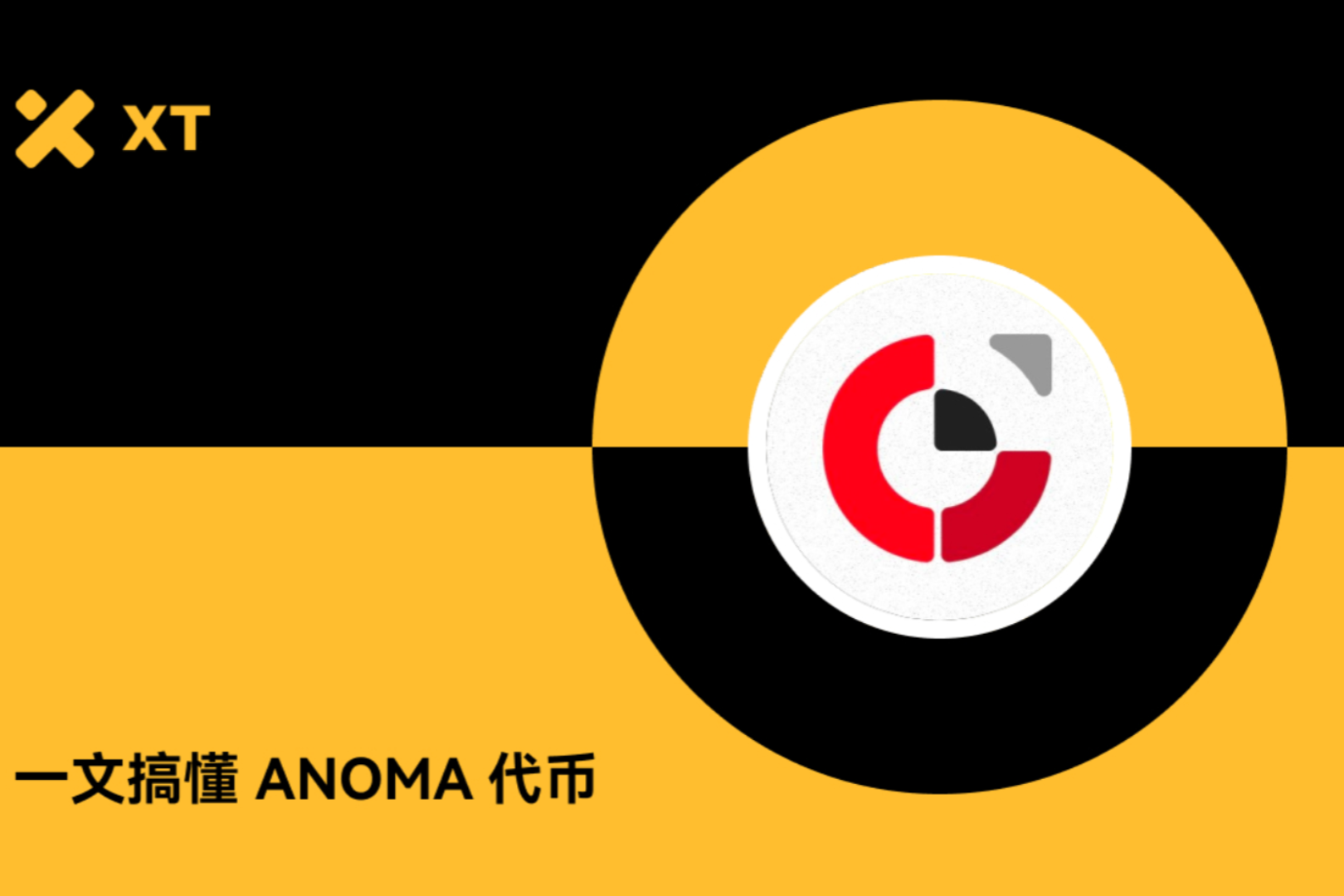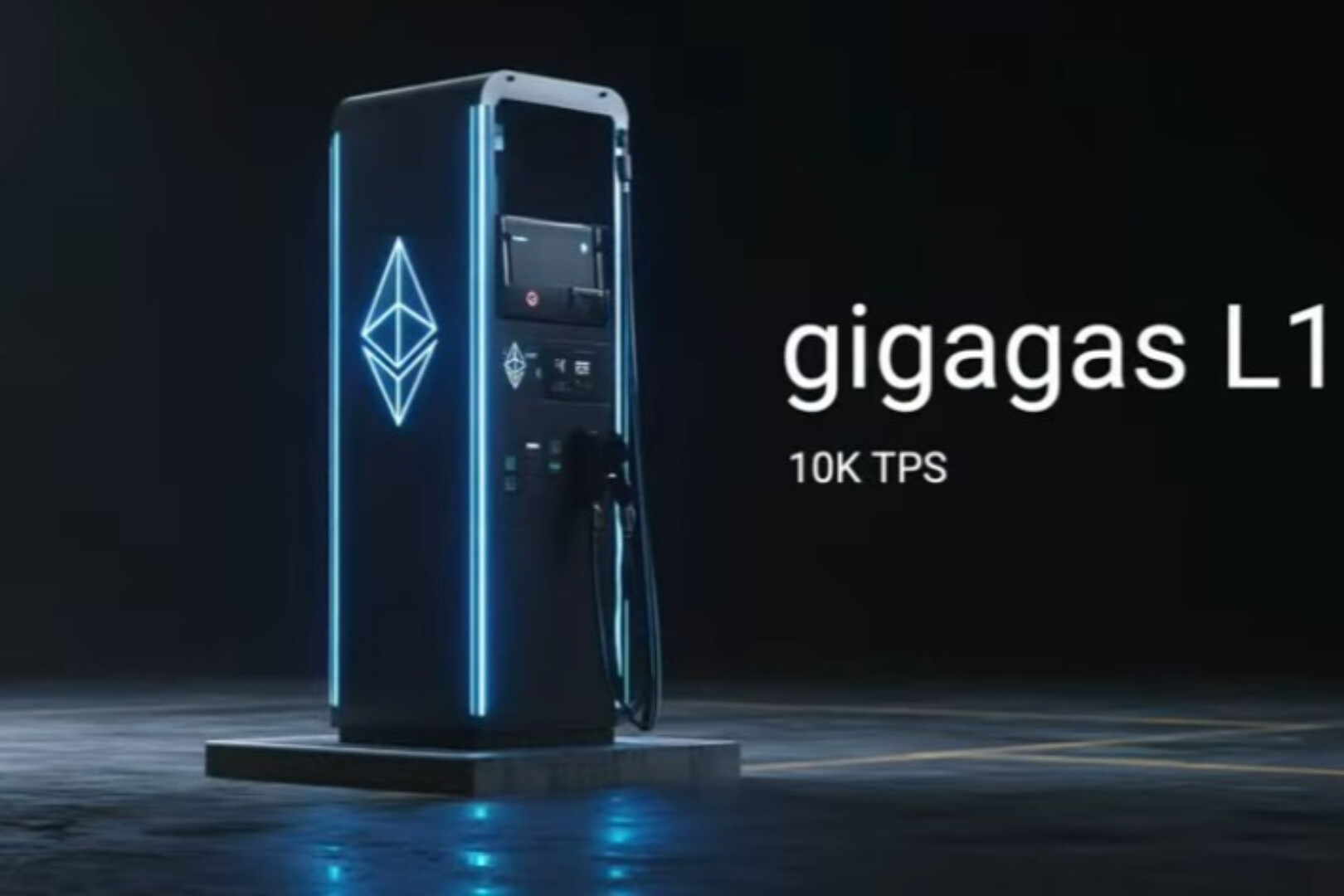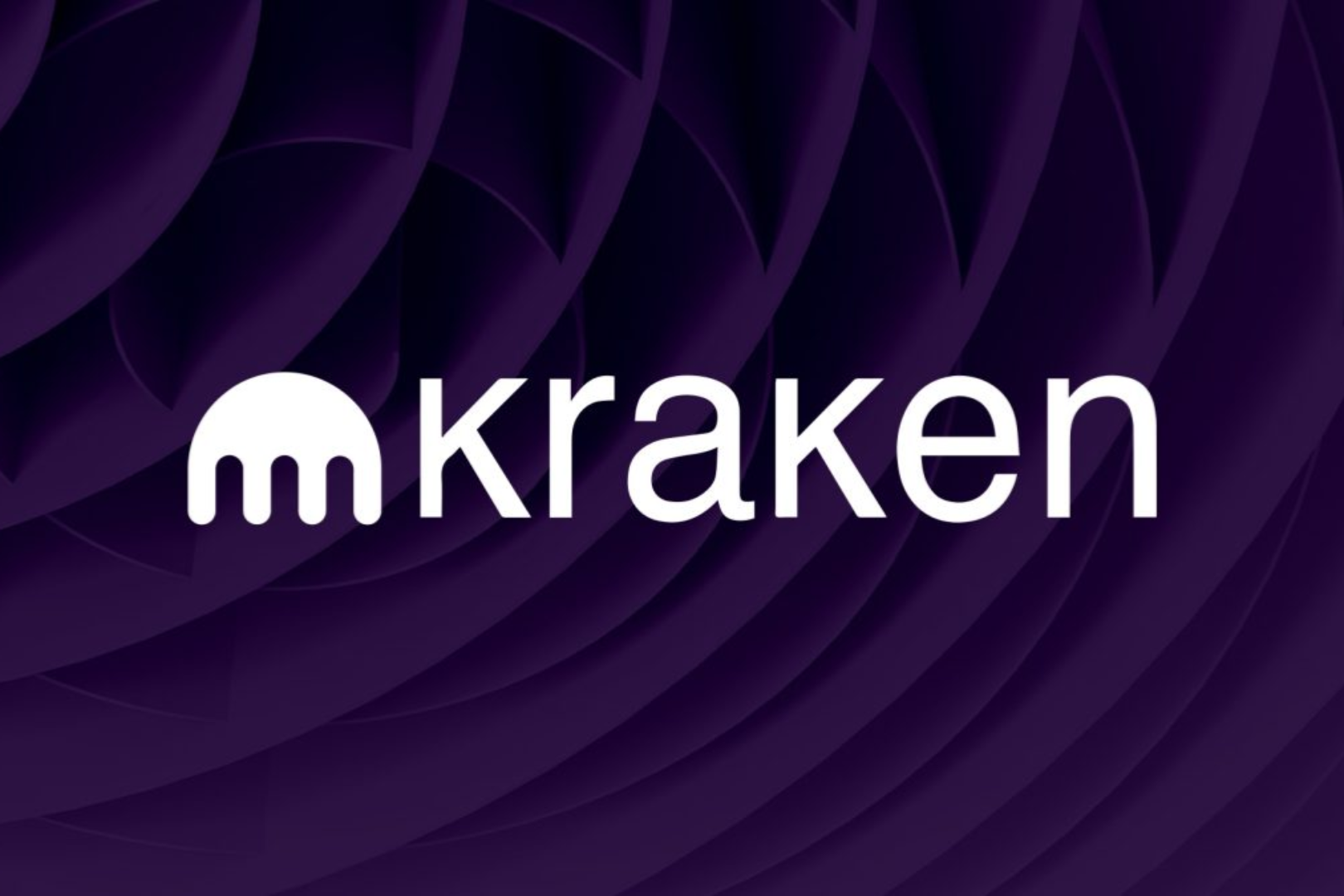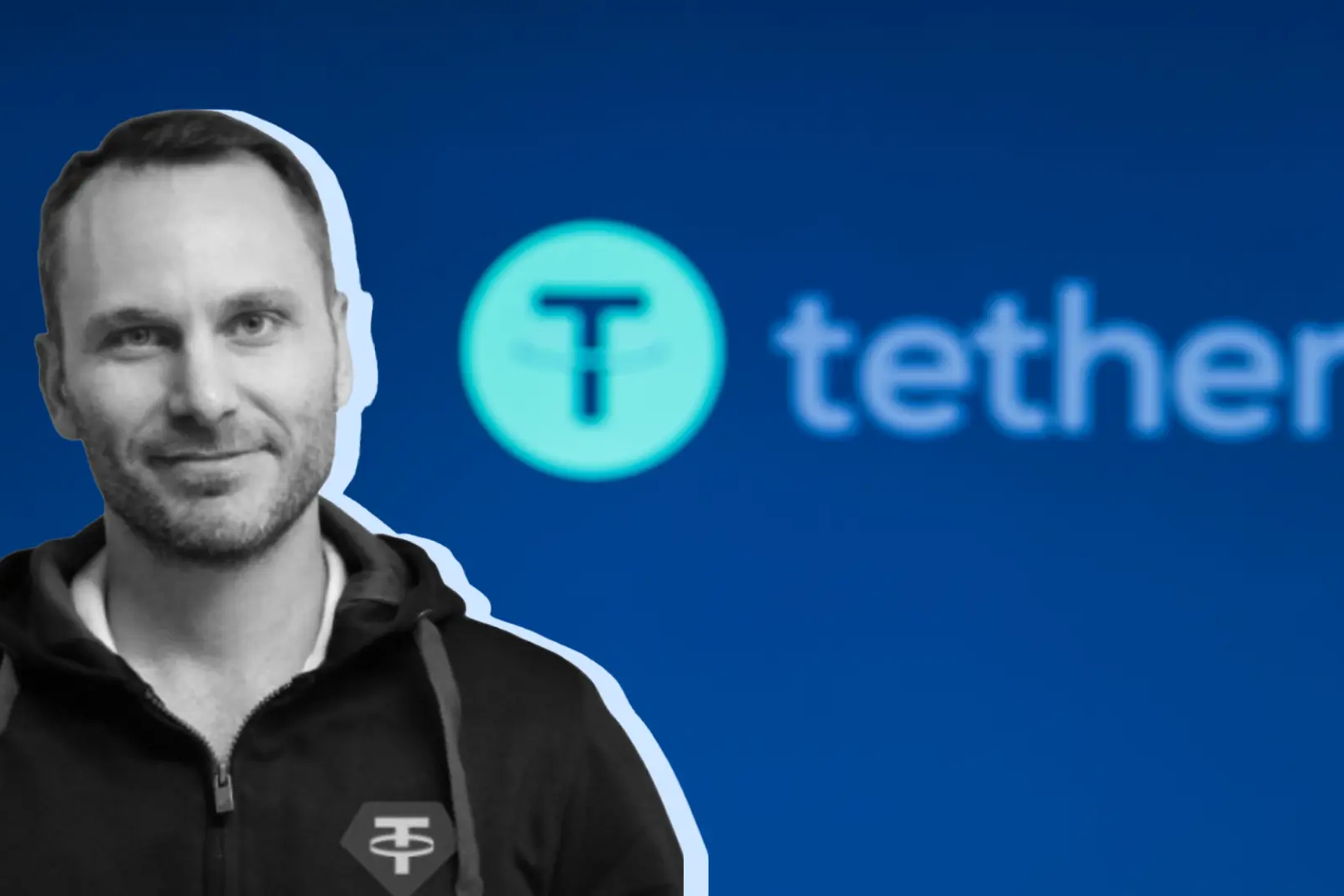
Editor's Note: This article comes fromChain News ChainNews (ID: chainnewscom)Editor's Note: This article comes from
Chain News ChainNews (ID: chainnewscom)
Chain News ChainNews (ID: chainnewscom)
Opyn
, Author: Parsec Research, research department of parsec.finance, Compiler: Perry Wang, published with authorization.The cryptocurrency options market has been slow to develop, but Deribit finally breaks through and offers the first retail-friendly crypto options products. Like many cryptocurrency derivatives, these cannot be sold in the U.S. and require asset custody. The fact that the crypto options market is still immature presents a huge opportunity for open finance. Not only are the structures of options complex, but so are the pricing and margin requirements. The buyer of an American option only has the right to buy or sell the underlying asset at the strike price before a certain date, but has no obligation. If physical liquidation is possible, no oracle is even needed. As with decentralized finance DeFi, the challenge with these types of products often comes down to liquidity.The real rise of DeFi is due to pooled liquidity models, most notably Uniswap, Compound, and Synthetix. These protocols have largely dwarfed the peer-to-peer P2P model, as is most evident in the Dharma project's transition from a P2P lending model to the Compound interface. Each of these protocols has different risks associated with their respective liquidity pools, but generally these models allow risk seekers to set it and forget it, without having to actively monitor the risk/return associated with liquidity pool products. This leaves experienced market makers with fewer avenues to generate differentiated alpha, e.g. in the Uniswap protocol, all one can do is add/remove liquidity. By limiting the alpha of complex participants, protocols can accumulate "inert" capital. New Ethereum options protocol projects, notably Opyn and Hegic, have recognized the need for liquidity pooling and are building pooled options protocols.
Opyn is based on the convexity protocol (a protocol with some key additional features
simple option agreement
)Construct. In a short period of time, Opyn has accumulated considerable trading volume, especially for ETH put option products.
Opyn's Cumulative Notional Volume ($), courtesy of Dune Analytics
As an example, an ETH/USDC $100 strike price option; in a standard option, the writer would lock up $100 of collateral (conditional on 100% collateralization or underwriting) in exchange for a premium. If the option buyer exercises, they will send 1 ETH and receive 100 USDC back. The implementation is similar in the Opyn protocol, where the option writer sends 100 USDC in exchange for a fungible oToken. In order for the rights holders to be able to cash in on this premium, they need to sell this oToken on the exchange.
An important feature here is that there is no connection between this oToken and the 100 USDC deposited, the oToken is a proof of claim from the collateral pool. Therefore, option writing is equivalent to a contract. In the case of 100% collateral, this doesn't make sense, but the liquidity pool architecture provides two key features found in other regimes.
First, collateral can be provided in currencies other than the quoted asset, and its liquidation mechanism is similar to Compound and dYdX, anchored on it. Opyn has already launched some of these marketplaces. ocDAI launched a market using ETH as collateral, the main reason is that the rate of return of ETH << the rate of return of USDC. This is an opportunity cost argument, since with USDC locked in the market, investors will be taking compound risk and not actually reaping the sizable yield that USDC (usually) generates. With ETH collateral, the staker will forego the 2bp APR and receive a premium of roughly 1%-10%. The consideration is the over-collateralization of the non-performing asset collateral, which is currently set at 140%. Assuming a safe position would allow room for a 20% downside, the over-collateralization ratio reaches 175%. Reduced capital efficiency not only restricts liquidity for sellers, but also limits the ideal premium range for more assets.
A second benefit of pooling collateral is that it provides a way to pool unsecured claims. I still firmly believe that the only effective way forward for lending, underwriting, etc. in DeFi is to share the risk and reduce the onerous capital intensity of these products. If there is one thing that CeFi and BitMEX have taught us, it is that leverage is king. By incorporating option collateral, Opyn opens up a viable avenue to lower capital requirements and not require 100% collateral to be option-secured. A specific example is the "credit spread" transaction.
Credit spread profit and loss for writing $180 put option and buying $160 put option
When a trader enters a credit spread, it limits gains and losses by setting a capped boundary. So after calculating the transaction amount, the collateral requirement can be reduced to the maximum loss amount, which is $20 in the above case case. In this transaction case, the net transaction would result in a nine-fold increase in capital efficiency. As the collateral is pooled, users will be able to execute this atomic credit spread with a $20 margin while writing an underwriting pool with zero risk.Another approach to unsecured writing with Opyn is a maintenance margin model similar to UMA. The idea here is to value the option seller's exposure and maintain collateral at some multiple of that valuation, creating a scenario where the position is collateralized at its current value rather than full exposure. For deep out-of-the-money (OTM) options, their value and risk exposure may be seriously out of balance. Take the $100 strike price option on ETH 04/24/20 as an example, the current trading price is $0.90, and the full exposure here With a port of 1 ETH, a 90 cent premium is a huge cost in a maintenance margin system that may require 2x that value as a margin, and if the value increases, the margin needs to be constantly replenished. Clearly, this model has huge capital efficiency gains, but it creates a number of very difficult problems.First, the oracle must value the option, which is technically and mathematically required to safely predict. Second, oracle maintainers must participate in the liquidation of unmargin-backed positions. The painful lesson of the MakerDAO protocol has taught everyone that maintainers will not always show up.
Once the options are written and staked, the process of actually selling the tokens is up to the market. Opyn's current preferred place to obtain liquidity is Uniswap, which is easy to set up and can increase liquidity when an asset faces liquidity challenges. It is very suitable for buyers and sellers, but liquidity provider LP involves quite complicated products in Uniswap. The Uniswap LP yield profile is not very easy to understand (
Hegic
understand deeper). The point is that if the general directional move exceeds the magnitude of the fee-push directional move, it will result in negative returns. LPs have to be very careful with oTokens, especially in the case of out-of-the-money OTM options.As the exercise date approaches, the time premium decreases to 0 and the OTM strike price is usually worthless. As the price gradually fell to nearly 0, LPs actually sold all ETH to buy oTokens that were about to expire. This is not true for LPs, we cannot count on any real liquidity in these markets, the probability of them appearing in the coin is close to 0. This is the same reason why automated market makers (AMMs) do not work well in prediction markets. For Opyn, the question becomes: Does a pool of AMMs across exercise/expiration bring combined trading liquidity? Or classic order book trading to achieve this, played by traditional options market makers. Order book routing is much easier, but may lack the architecture that DeFi protocols have proven successful.
Hegic, in true cypherpunk tradition, was created and run by an anonymous founder named Molly. Hegic is one of the options protocols on the chain
novel method
. With Hegic, the writing and selling of options is done by a group of participants.
In the simplest terms, Hegic writes options contracts on request. The buyer gets an option quote for a fixed period (currently 1, 2, 4 or 8 weeks). If an option is purchased, the liquidity pool will lock the corresponding collateral until the contract expires or the option is exercised. By injecting capital into the liquidity pool, LPs earn a pro-rata share of the option premium, thus accepting the risk of profit from the exercise of the buyer's trade. Thus, Hegic aggregates the underwriting collateral underlying assets, and the purchase/exercise of options.
For options buyers, Hegic offers an incredible UX, and given the healthy collateral pool, liquidity issues are alleviated. Illiquid options are usually the variety that people are most interested in. Do you think Tesla is going bankrupt? Buy a $100 put option. The problem is that these products have traditionally had high spreads and a lack of players willing to trade on the other side, and Hegic has always been on one side of the deal.
And for an LP, you're backing an option to write on your collateral, which is scary. Option writing is a very complex business and any spot or futures hedging must be done outside of Hegic. Broadly speaking, the goal of an options market maker is to write options that are slightly above their true value, with as little underlying position as possible. Currently, Hegic is unable to limit LP positions. Using only put options, Hegic makes LPs structurally buying calls on ETH. This is acceptable to many, but there are actually safer and more profitable ways to be long ETH. The introduction of call options will help alleviate this situation, but the long-term existence of this problem is not normal. Imagine 100 contracts, 90 of which are single OTM puts, the LP's position relative to the 90 contract owners completely outweighs the rest of the combined position, making the LP a mere speculator. Synthetix faces a similar problem with the combined liquidity of synths. The perpetual contract financing model can solve similar problems, but the complexity of Hegic's financing model may be an order of magnitude higher.
Current Hegic price sheet at ETH = $200 (x = strike price)
Summarize
It's worth considering what happens when Hegic mis-priced the option. Arbitrage will flow out of the Deribit derivatives exchange once moderate liquidity is achieved; in most cases, it will not be a clean 1:1 arbitrage due to custom expiration and inability to write directly, however, enough The price difference will present a huge profit opportunity. In most arbitrage trades, scale is limited to less liquid venues. For Hegic, the liquidity of any contract is the remaining fund size of the entire liquidity pool, which will cause the distortion of Hegic LP's ETH position as mentioned above. The ultimate goal is to protect LPs from huge losses, making price "accuracy" critical, and this is the only way for Hegic to obtain liquidity.WallStreetBetsAdditionally, Hegic will launch a token (HEGIC). This token provides special benefits to buyers and creators. Token holders can enjoy premium discounts on Hegic contracts. Those holders who provide liquidity to the writing pool get priority release rights, and the way liquidity release usually works is: if the liquidity exceeds the amount to be released by the LP, the LP can release, otherwise, they will queue up and wait for the flow sexual release. By holding HEGIC, LPs can be swapped with the development fund (funded by selling HEGIC) even if the free liquidity in the fund pool is insufficient. Finally, HEGIC is also a decentralized organization DAO, holding tokens can enjoy the rights to vote for protocol upgrades (similar to MKR). While the token may appear somewhat redundant to some, the reality is that protocol upgrades will always require operations and funding, with investment flows coming from option buyers/sellers looking to share in the protocol’s upside and community members.
Summarize





